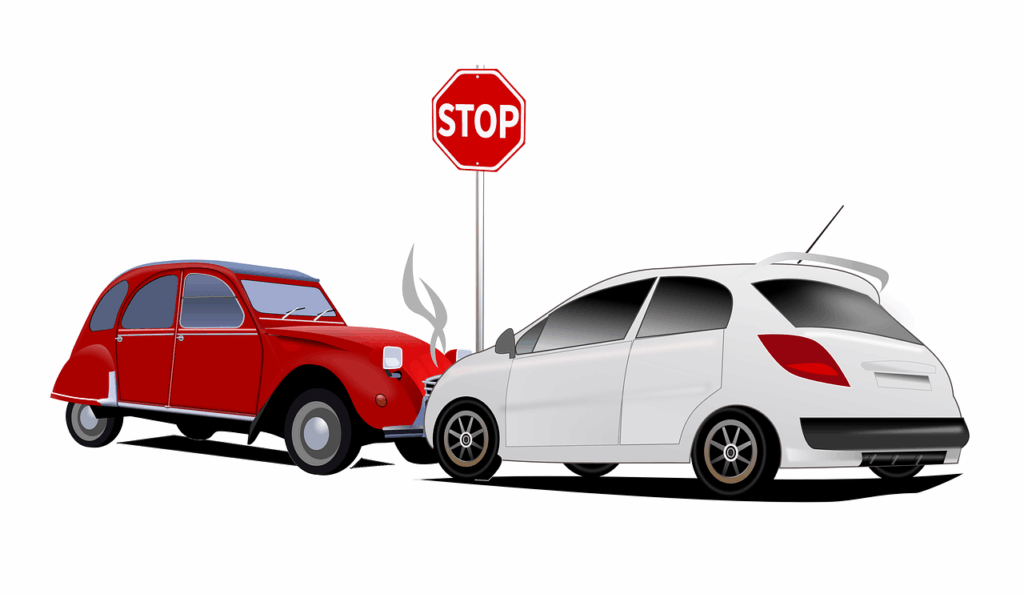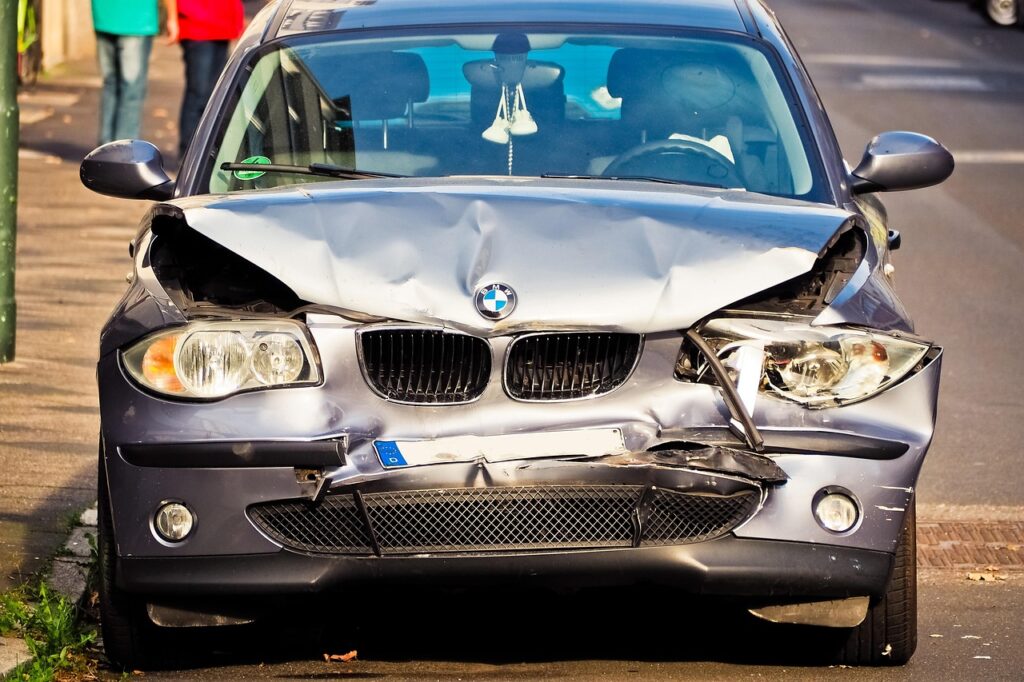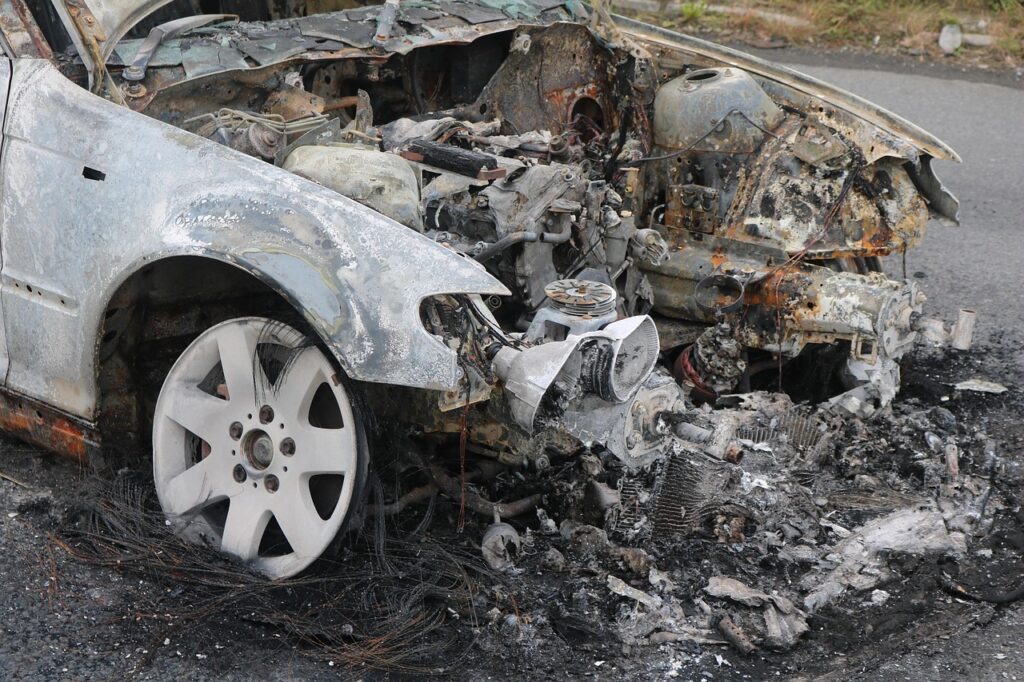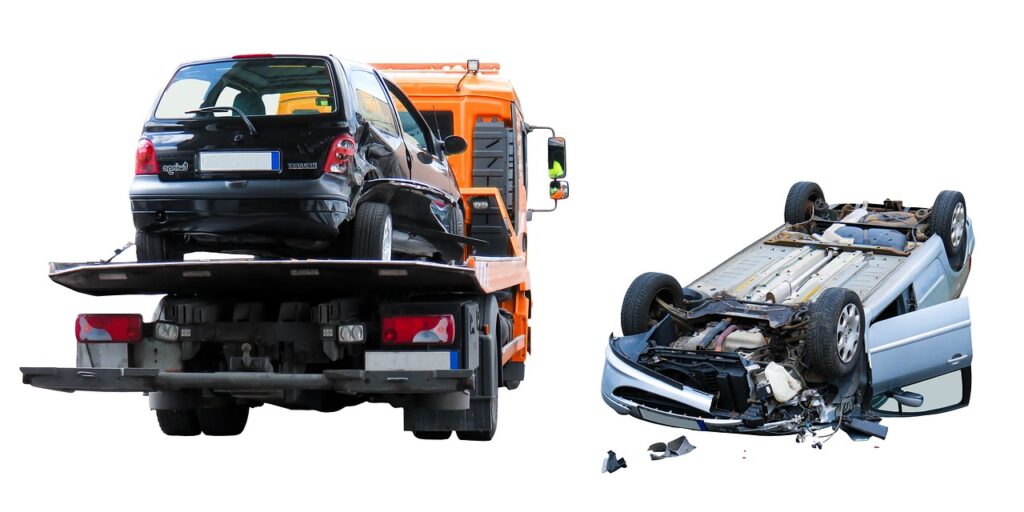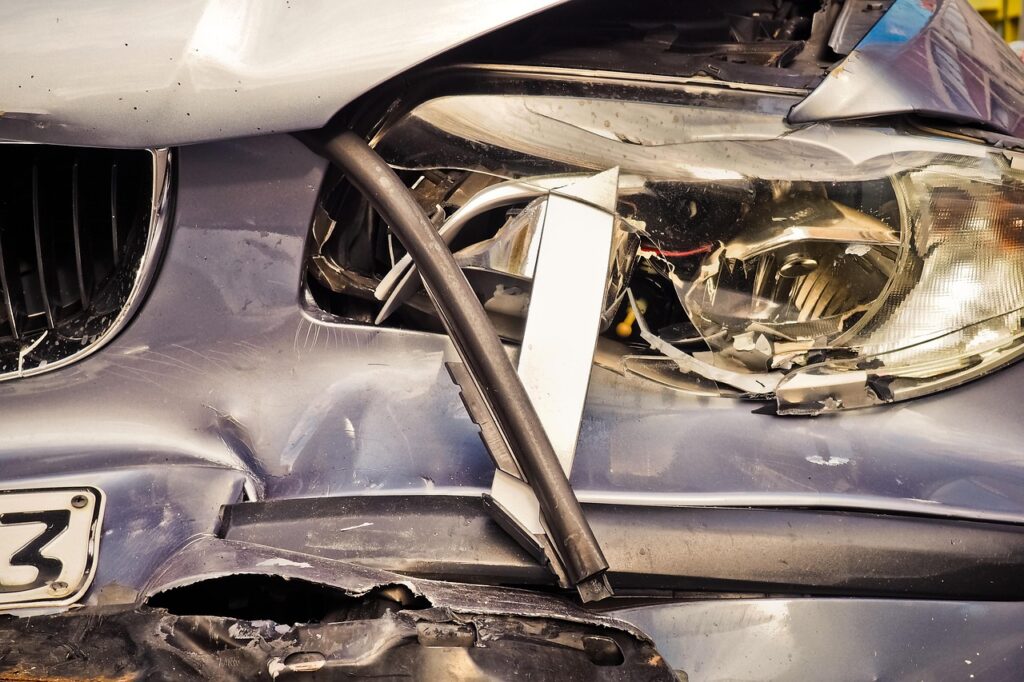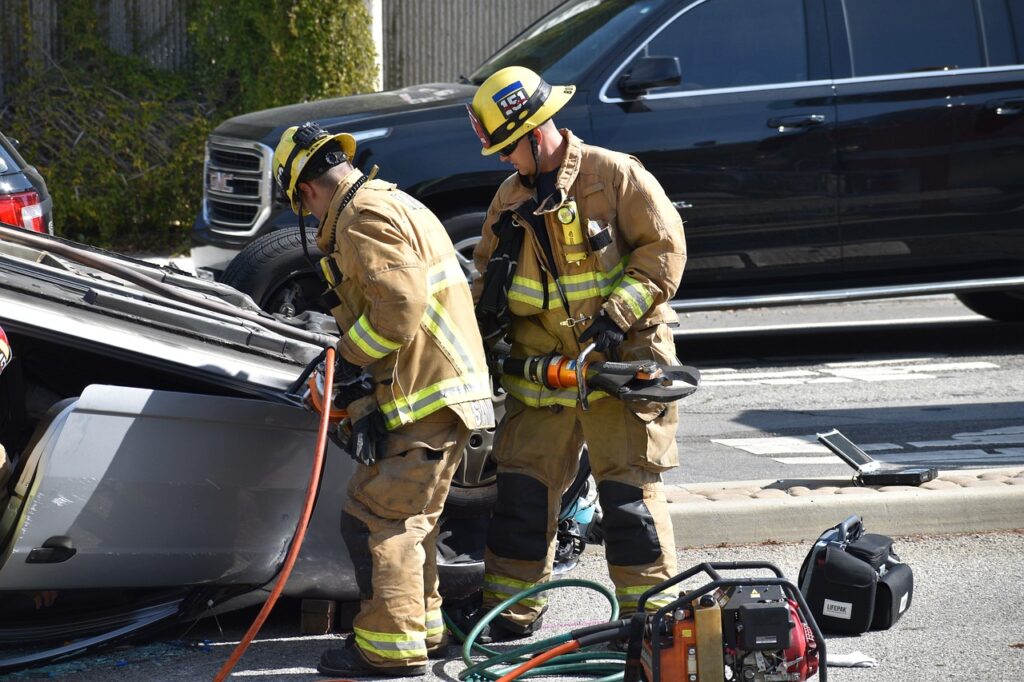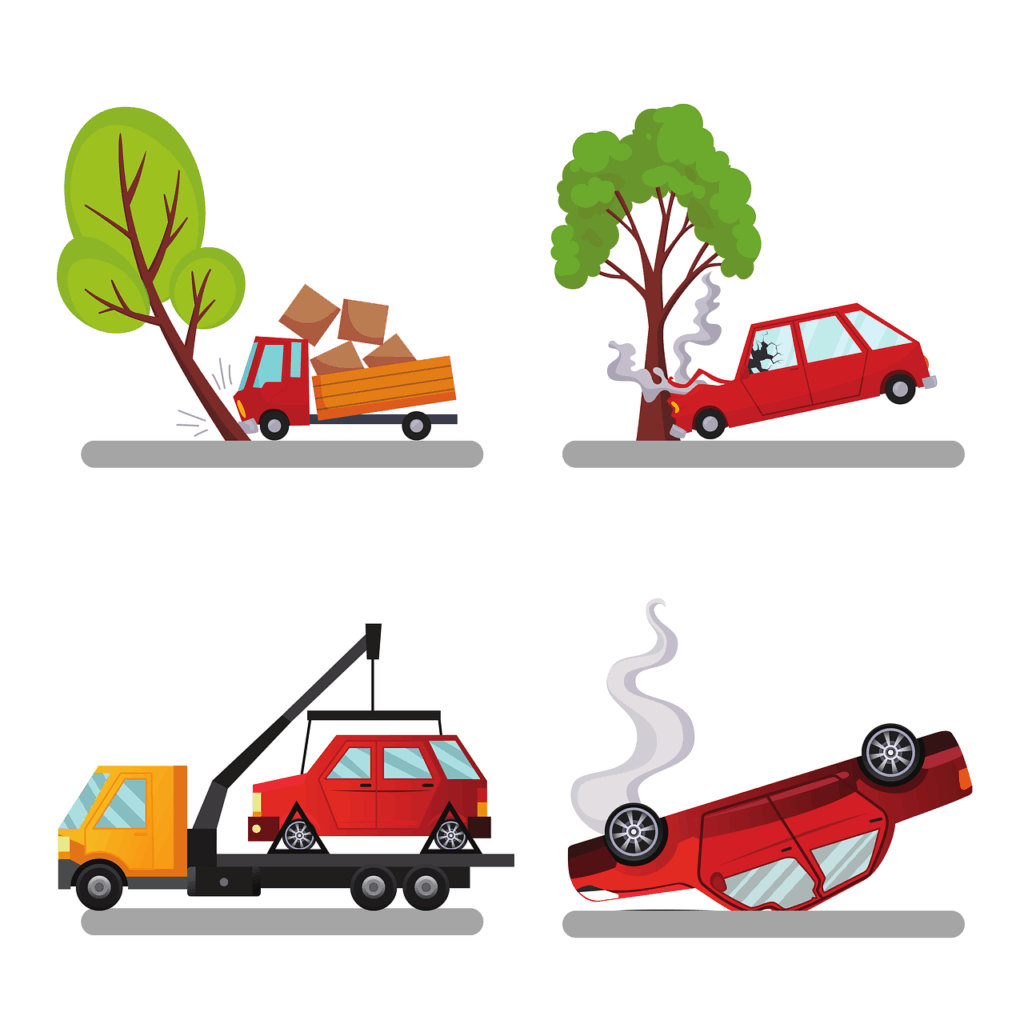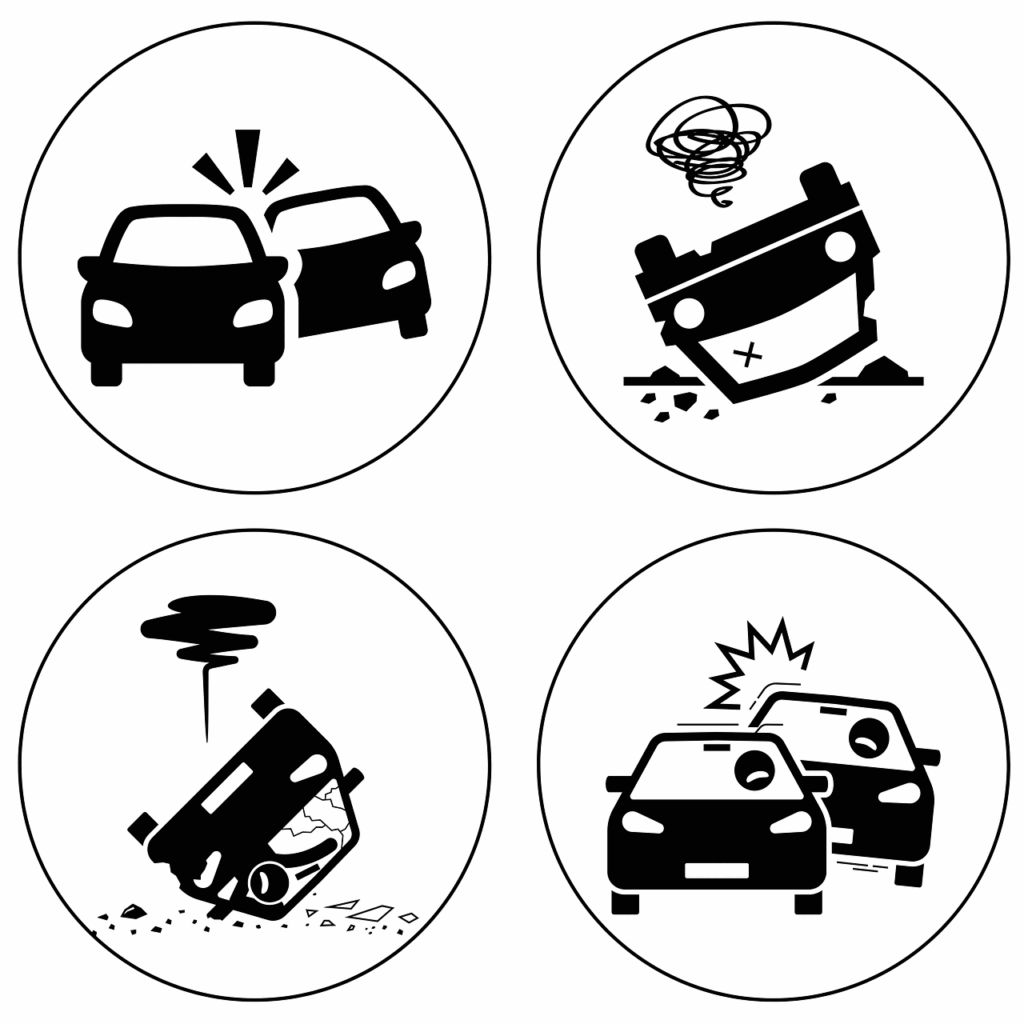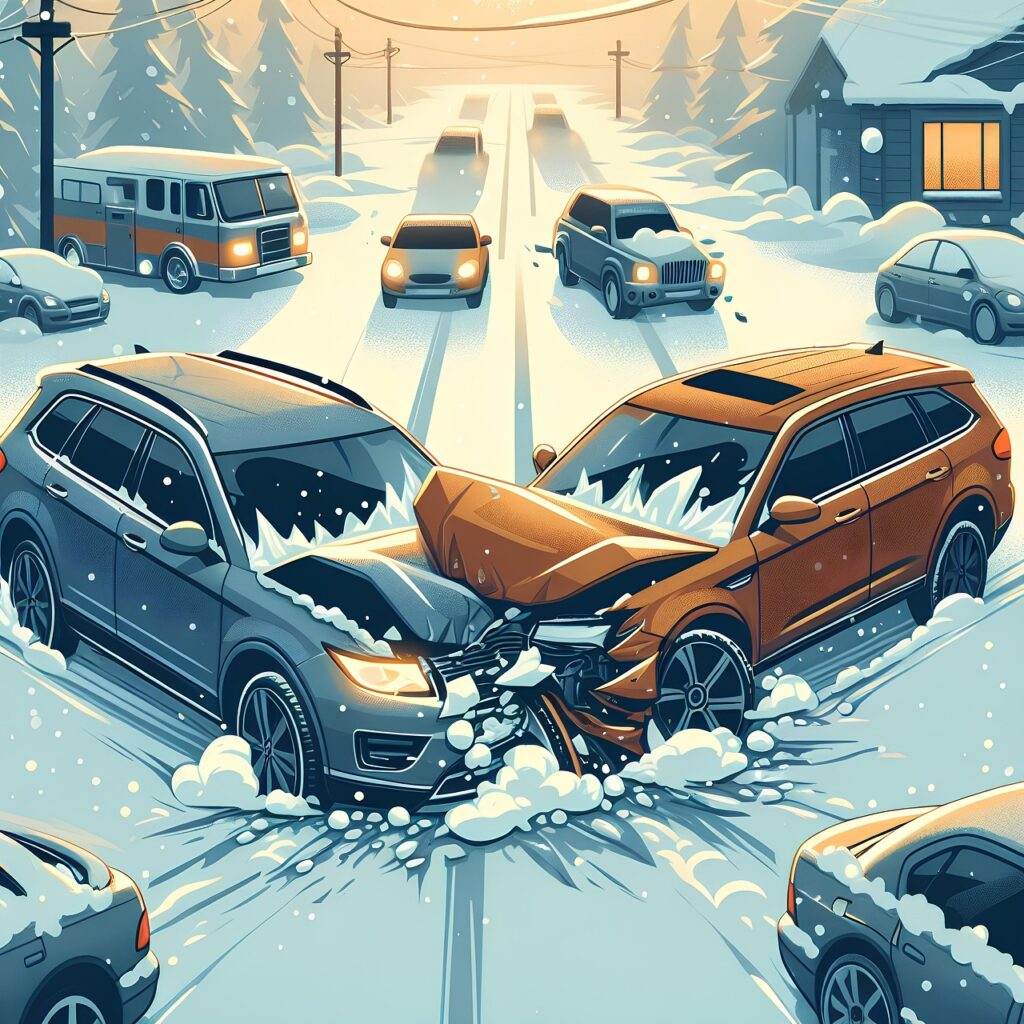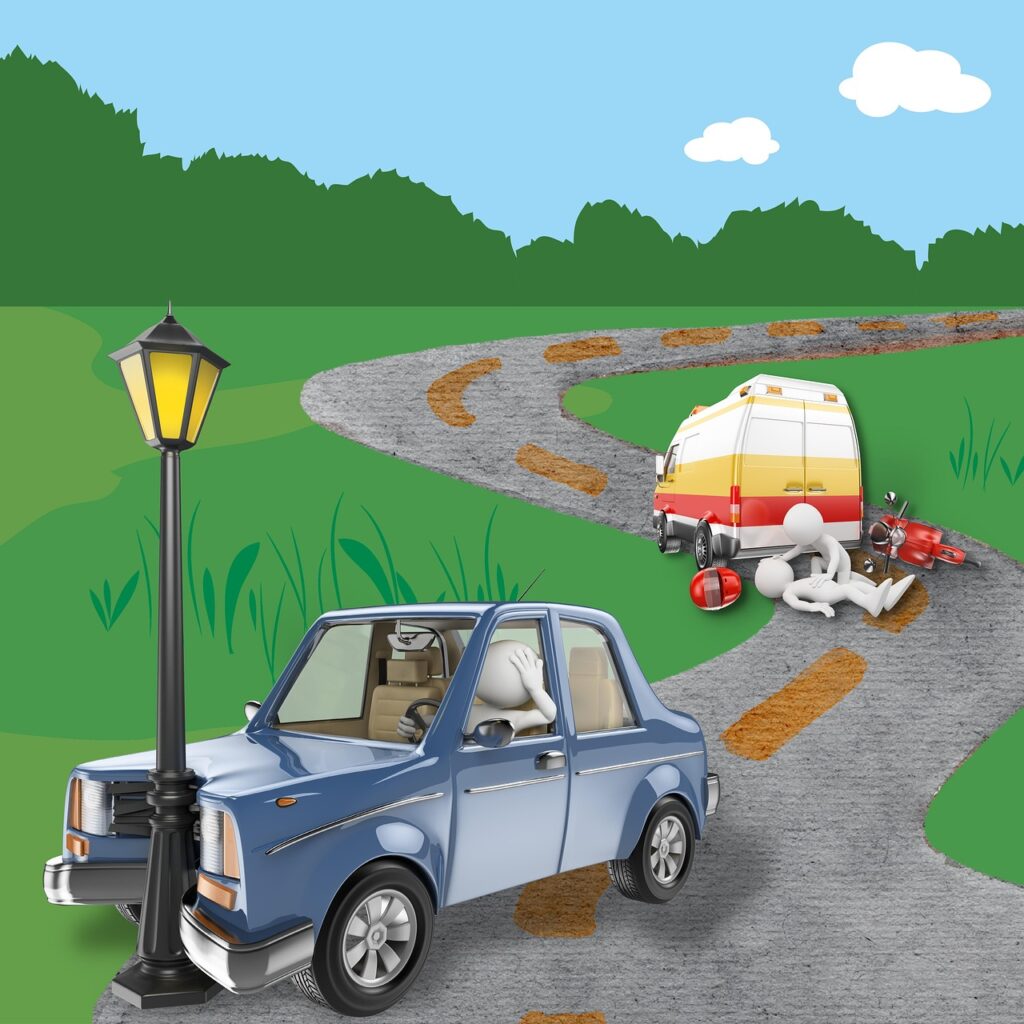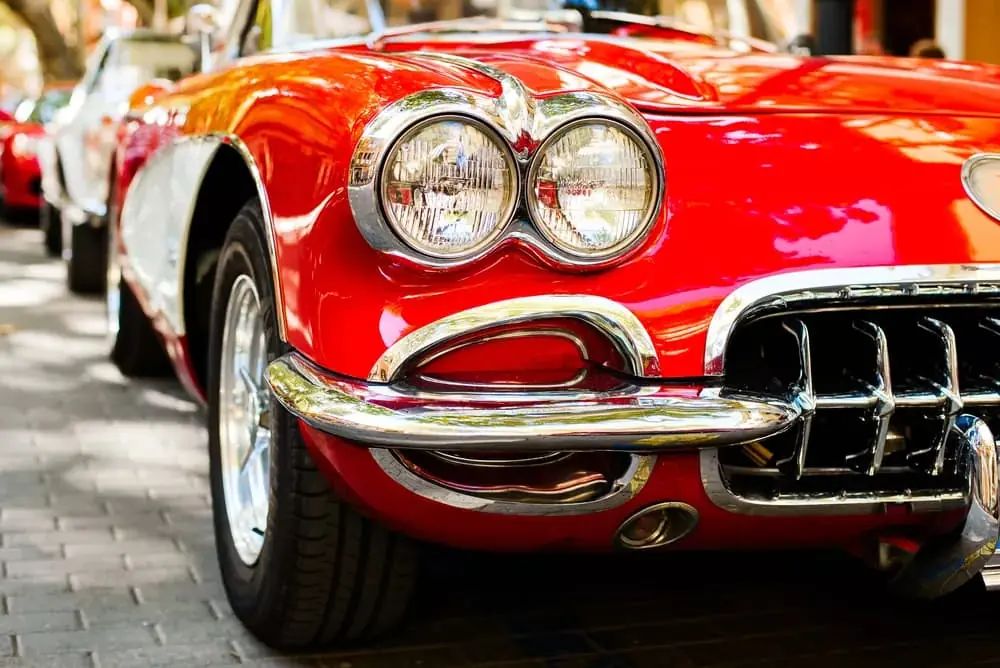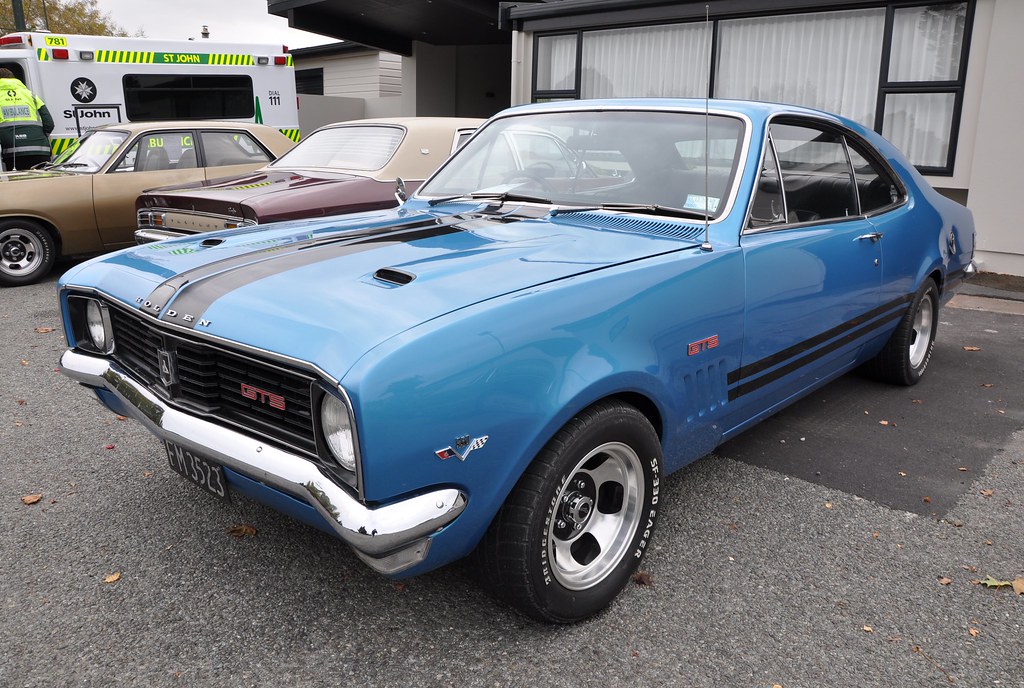Getting into a car accident can be a profoundly overwhelming and disorienting experience, leaving individuals feeling shaken, confused, and uncertain about the crucial next steps. The immediate aftermath often presents a cascade of decisions that must be made under pressure, from ensuring the well-being of those involved to navigating the intricate requirements for official reporting and insurance claims. While no one anticipates a crash, being prepared with a clear understanding of what to do can significantly mitigate stress and facilitate a smoother recovery process.
This in-depth guide is meticulously designed to arm you with practical, actionable advice, breaking down the critical steps to take immediately following an auto accident. Drawing upon objective, detailed information, we aim to provide an authoritative framework that empowers you to protect yourself, your passengers, and your financial interests. From the moment of impact to the initial documentation of the scene, each recommendation is geared towards ensuring safety, legal compliance, and a solid foundation for any subsequent insurance or legal proceedings.
By systematically following these initial guidelines, you can transform a chaotic incident into a manageable process. Our focus is on delivering comprehensive, unbiased information that cuts through the uncertainty, offering clear, concise instructions to help you make informed decisions when it matters most. Let’s embark on this essential journey, exploring the immediate actions that lay the groundwork for effective accident resolution and recovery.
1. **Ensure Safety and Check for Injuries**Your absolute number one priority after a car crash is confirming that everyone involved is safe and secure. This critical first step involves a thorough check of yourself and any passengers in your vehicle for any signs of injury, visible or otherwise. It’s imperative to prioritize medical attention if anyone is hurt, and you should call 911 immediately in such circumstances.
It is crucial to remember a fundamental rule of emergency response: do not move anyone who’s injured unless there’s an immediate, life-threatening danger, such as a fire or an imminent secondary collision. Moving an injured person without proper medical training can exacerbate existing injuries or cause new ones. Therefore, assess the situation carefully before taking any action that could compromise their well-being.
Be acutely aware that some injuries may not be immediately apparent due to the adrenaline rush following an accident. Symptoms like nausea or dizziness, even without pain, could be a sign of internal injury, requiring you to stay still and await medical attention. If you appear fine initially but experience delayed injuries—such as whiplash or muscle pain—in the days following the crash, it is essential to promptly consult a doctor and inform your insurer to update your claim. Each state has specific laws regarding the timeframe for filing a personal injury claim, so timely action is key.
Once immediate medical needs are addressed, or if no one is seriously injured, evaluate the safety of your location. If your vehicle is in a hazardous position, such as blocking traffic, proceed to the next step to mitigate further risks. Your vigilance at this stage is paramount for the health and safety of all parties involved.
Read more about: NWS Extreme Cold Alert: A Comprehensive Consumer’s Guide to Winterizing Your Home and Car for Ultimate Safety and Preparedness
2. **Get to Safety / Move to a Safe Area**Once you’ve confirmed that no one is seriously injured and if your car remains drivable, the next crucial step is to move your vehicle to a safe location. This action is not an admission of fault or liability for the accident; rather, it is a practical measure designed to prevent further incidents and ensure the safety of everyone on the road. Moving your car to the shoulder, an emergency lane, or a nearby safe spot helps keep traffic flowing and significantly reduces the risk of a secondary accident, especially on busy thoroughfares like interstates, highways, and exit ramps.
Before attempting to move your car, it is vital to perform a quick visual check for any fluid leaks, smoke, or strange noises. These could indicate mechanical issues that might make moving the vehicle dangerous or cause further damage. If your car is undrivable, or if moving it would be dangerous, you should remain inside with your seatbelt fastened and wait for assistance. In high-traffic environments, exiting your vehicle prematurely can put you at risk of being struck by another vehicle, so evaluate the situation carefully before getting out.
After safely relocating your vehicle, or if it must remain stationary in a hazardous spot, remember to turn on your hazard lights. This simple action increases your visibility to other drivers, serving as a warning and helping emergency crews locate you more easily. For situations where someone was killed or seriously injured, or if moving the vehicles would be dangerous, it is generally advised to leave the cars where they are and await law enforcement. However, if the cars pose a significant hazard, moving them to a safe area remains the priority. Contact roadside assistance if your car requires towing or repairs.
Read more about: Minivans That Ace Safety and Family Life: Your Top Choices and What to Avoid
3. **Call the Police and Get a Report**Regardless of how minor a car accident may initially appear, it is almost always a good idea, and often legally required, to report it to the police. Calling law enforcement ensures an official record of the accident is created, which can be absolutely crucial for your subsequent auto insurance claim and for protecting your legal rights. In many jurisdictions, you are legally mandated to call the police if there are injuries, significant property damage, or if the accident blocks traffic.
When the officers arrive at the scene, cooperate fully and provide a clear, factual account of what happened. It is paramount to stick to the facts and avoid speculating about fault or making up details. Only share what you saw and remember, as any inaccurate or speculative statements could potentially be used against you later. Obtain the officer’s name and badge number, and critically, ask for instructions on how to obtain a copy of the official police report once it is ready. This document will contain vital information, including details about the incident, which can greatly assist the insurance company in processing your claim.
There are situations where police may not respond, particularly if the accident is minor or occurs on private property with no injuries or crime. In such cases, inquire about how to report the car accident yourself, ensuring you comply with local laws and your insurance company’s requirements. For instance, California law stipulates that if police do not arrive at the scene of an accident causing injuries or a fatality, you have 24 hours to submit a written crash report to the local police or California Highway Patrol. A police report serves as an unbiased, third-party assessment of the circumstances, which can be instrumental in determining fault and expediting your claims process.
Read more about: The Drive Towards a Cleaner Future: Why More Drivers Are Embracing Propane Power for Their Vehicles
4. **Exchange Information with Other Drivers and Witnesses**Once the immediate safety concerns have been addressed and the police have been contacted, the next essential step involves exchanging vital information with any other drivers involved in the crash, as well as gathering details from potential witnesses. This process should be conducted calmly and professionally, focusing strictly on collecting factual data necessary for insurance and legal purposes. Remember, the goal here is data collection, not discussion of fault.
Crucially, you should share your full name, contact details, insurance company name, policy number, and driver’s license number with the other driver(s). Similarly, you must obtain this exact information from them. Additionally, make sure to write down each vehicle’s license plate number, along with its make, model, and color. Note the precise crash location, including street names, mile markers, or identifiable landmarks, as these details help provide context for official reports.
Beyond the involved parties, it is highly advisable to seek out any eyewitnesses to the accident. Ask them for their names and phone numbers, as their independent accounts can be invaluable for insurance claims and legal proceedings, especially if disputes arise regarding the circumstances of the crash. If police officers are present at the scene, they will typically facilitate the collection and sharing of this information, but it remains your responsibility to ensure you have all necessary details for your records. Providing your information to the other driver is a legal obligation, regardless of who was at fault, and failure to do so can lead to fines, particularly if police ask to see your driver’s license, insurance, and registration.
Read more about: Protect Your Rights: The 12 Biggest Blunders to Steer Clear Of When Speaking to Police Post-Accident

5. **Document the Car Accident Scene**Thoroughly documenting the car accident scene is a step that cannot be overstated in its importance. Having comprehensive records can make a substantial difference when you need to explain what happened to your insurance company, legal representatives, or other involved parties. The more detailed your documentation, the clearer the picture you can present, helping to substantiate your claim and understand the circumstances of the accident/loss.
Your smartphone can be an invaluable tool for this purpose. Use it to take an extensive series of photographs. Capture wide shots that show the vehicles in context, providing an overview of the accident scene, including road conditions, street signs, and traffic lights. Then, take close-up photos of all vehicle damage, license plates, skid marks, broken glass, or any other unusual debris on the road. Photograph any visible injuries you or your passengers may have sustained. If surveillance or doorbell cameras are nearby, note their location, as their footage could be critical for determining fault. If you possess a dashcam, ensure the footage is saved immediately.
In addition to photographs, it is essential to gather witness information, as independent accounts can significantly bolster your claim. Secure the names and phone numbers of any eyewitnesses who observed the accident. Furthermore, make your own detailed notes about what transpired. Include the time and date of the accident, the weather conditions (e.g., rain, fog, clear), traffic volume, and any adverse road conditions such as potholes. These details, captured as soon as practical, are crucial because impressions and minor facts can fade quickly with time and the shock of the event. Even the Vehicle Identification Number (VIN) of the other vehicle(s) should be recorded; it’s often on the driver’s side dashboard or inside the driver’s side door, and confirming it physically, especially if a driver seems uninsured, is a wise precaution.
Read more about: Navigating a Total Loss: Your Comprehensive Consumer Guide to Car Accidents and Insurance Settlements
6. **DO NOT ADMIT FAULT!**This directive is one of the most critical pieces of advice you can receive following a car accident: under no circumstances should you admit fault or liability at the scene. Even an innocent apology, such as “I’m so sorry that happened,” can be misconstrued as an admission of responsibility by insurance companies or in a legal setting. It is extremely important to remain silent on the issue of blame, regardless of your initial assessment of the situation or your emotional state.
The immediate aftermath of an accident is not the time to determine who was at fault. There may be contributing factors you are unaware of, such as the other driver’s actions, unforeseen mechanical failures, bad road design, highway construction negligence, or even issues with the car manufacturer or service provider. Prematurely admitting fault can severely jeopardize your ability to recover damages and provide the other party’s insurance company with an immediate excuse to deny your claim or offer a significantly reduced settlement.
Even in states like California, which operate under a “shared fault” or “pure comparative negligence” law, admitting full fault can be detrimental. This legal framework allows you to recover damages for a car crash even if you were partly to blame, with your compensation simply being reduced by your determined apportionment of fault. By avoiding any statements of fault, you preserve your right to a full investigation of the accident’s true causes and ensure that all contributing factors are considered. As one California accident attorney advises, “Say as little as possible at the accident scene. Anything you say, even an apology, can be misconstrued as fault.” Maintain a professional and calm demeanor, and simply exchange the necessary factual information as outlined in previous steps.
7. **Do Not Say You Are Not Hurt**Similar to the admonition against admitting fault, it is equally important to refrain from stating that you are not injured, even if you feel perfectly fine immediately after the crash. The human body’s response to trauma, particularly the rush of adrenaline, can mask pain and the symptoms of serious injuries for hours or even days. This is especially true for “soft-tissue injuries” such as whiplash, muscle strains, or sprains, which may not manifest until the initial shock wears off.
Making a definitive statement like “I’m not hurt” at the accident scene provides the other driver’s insurance company with a potent argument to deny your claim or offer you less than it is truly worth if injuries later emerge. They can point to your initial statement as evidence that any subsequent medical issues were not a direct result of the accident. Therefore, it is always best to be cautious and non-committal regarding your physical condition.
Instead of declaring yourself uninjured, state that you need to be checked out by a medical professional or that you are simply unsure of your condition at the moment. If, in the days following the accident, you begin to experience pain, discomfort, nausea, dizziness, or any other unusual symptoms, do not hesitate to consult a doctor immediately. Follow through with any recommended medical evaluations and promptly notify your insurance company about these delayed symptoms to update your claim. Timely documentation of any injuries, regardless of when they appear, is vital for ensuring you receive the appropriate care and compensation.
Navigating the complexities after an initial car accident is just as vital as the immediate actions taken at the scene. Once personal safety is assured and preliminary documentation is complete, the focus shifts to a structured process of reporting, managing claims, and understanding the financial and legal implications. This phase ensures that all official and insurance requirements are met, protecting your rights and facilitating a smooth recovery. Each subsequent step is designed to guide you through the post-accident landscape with clarity and authority.
Read more about: Don’t Get Fooled: 13 Supermarket ‘Deals’ You Might Want to Skip for Better Quality & Savings
8. **Leave Your Contact Info if the Other Vehicle or Property Is Unoccupied**California law outlines specific responsibilities should you be involved in an accident where you strike an unoccupied vehicle or other property. This situation, though less chaotic than a collision involving other drivers, still carries significant legal requirements designed to ensure accountability and facilitate resolution. Your obligation is clear: you must either locate the owner of the damaged property or take specific actions to leave your identifying information.
If locating the owner is not immediately possible, the law mandates that you leave a written note at a conspicuous place on the vehicle or property. This note must clearly state your name and address. Following this, you are required to promptly notify either the police department of the city where the collision occurred, or, if the accident happened in unincorporated territory, the local headquarters of the Department of the California Highway Patrol.
While the law states that the note must include the circumstances of the collision, it is prudent to keep this description as brief as possible. Over-detailing or speculating can be counterproductive. Simply noting the date, time, and your contact information, along with the fact that an accident occurred, is usually sufficient. Remember to record the precise address or location where the collision took place, as this detail will be essential when you report the incident to law enforcement.
Adhering to these requirements is critical. Failure to comply with the legal obligations of leaving your information and reporting the incident can lead to serious charges, including a hit-and-run, which carries severe penalties such as substantial fines, potential jail time, and driver’s license suspension. Even in an unoccupied property damage scenario, your diligence safeguards your legal standing and demonstrates your commitment to responsible conduct.
Read more about: Navigating the Road Ahead: A Deep Dive into the Most Common 2025 Tesla Model 3 Service Issues and Recalls
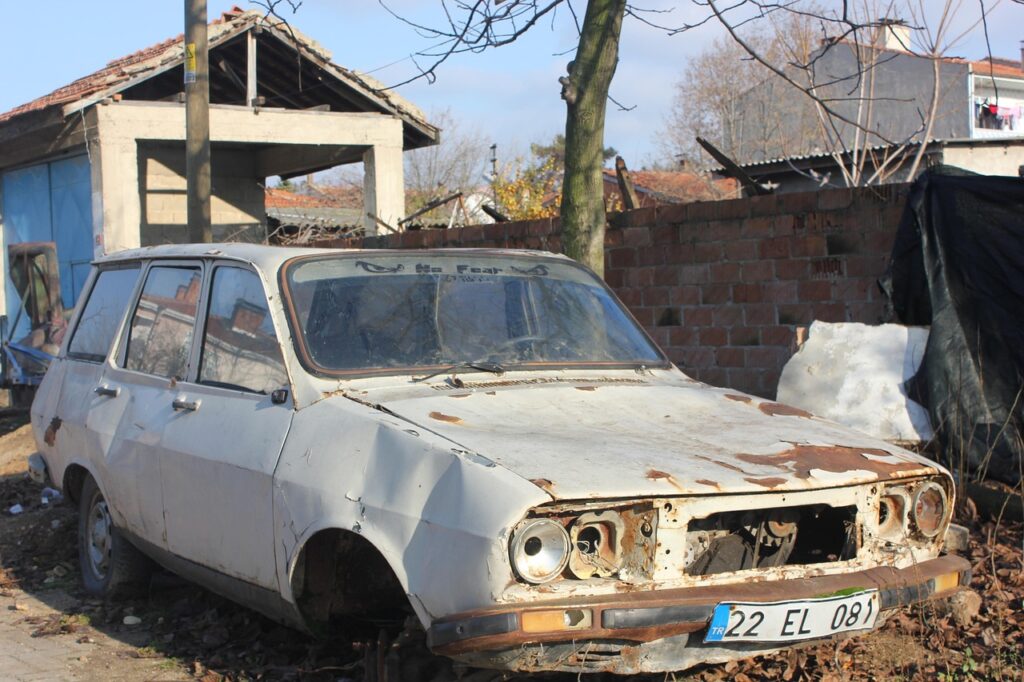
9. **Report the Accident to the California DMV and Other Official Bodies**Beyond reporting to the police at the scene, specific legal mandates exist for informing state authorities about a car accident. In California, for instance, you are legally required to notify the California Department of Motor Vehicles (DMV) within 10 days of an accident under certain conditions. These conditions include any incident where someone was killed, anyone was injured (even if the injury seemed minor at the time), or if the accident resulted in property damages exceeding $1,000.
It is always advisable, if you are uncertain whether the damage or injuries meet these thresholds, to err on the side of caution and make the accident report anyway. This proactive approach is particularly important if you intend to process the claim through your auto insurance. The required reporting is typically done on California DMV Form SR1, a document that serves as an official record of the incident for state purposes and is separate from a police report.
Non-compliance with this reporting obligation can have significant repercussions. Failure to report an accident to the DMV as required by law can result in the suspension of your driver’s license for a period of up to one year. This penalty underscores the seriousness with which the state views these reporting responsibilities and the importance of timely submission of all necessary documentation.
Furthermore, if police officers do not arrive at the scene of an accident that caused injuries or a fatality, California law imposes an additional reporting requirement. In such cases, you have a mere 24 hours to submit a written crash report to the local police department or the California Highway Patrol. These official reports are fundamental for maintaining legal compliance, protecting your driving privileges, and establishing a clear record that can be critical for any subsequent insurance claims or legal proceedings.
Read more about: A Deep Dive into the Regulatory Storm: The NHTSA’s Extensive Investigations into Tesla’s Self-Driving Systems and Their Broader Implications
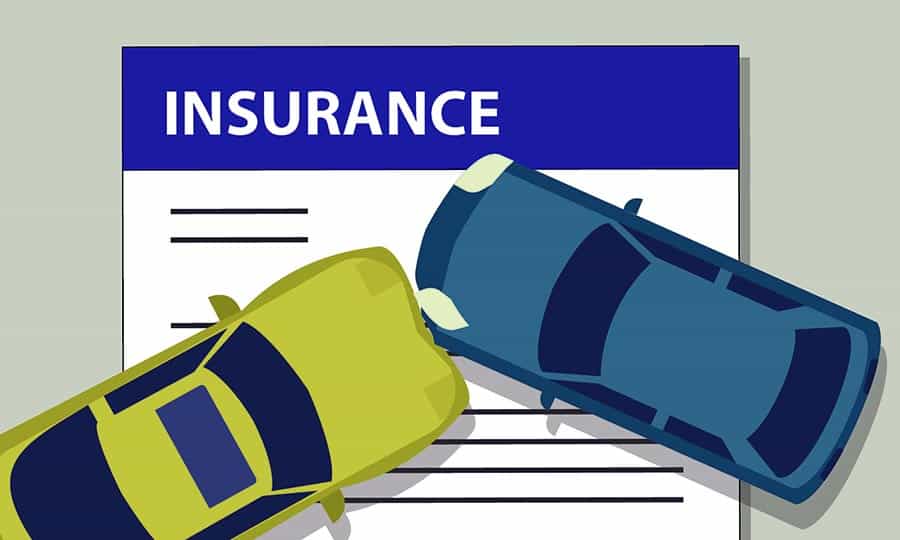
10. **Notify Your Insurance Company Promptly**Once the immediate aftermath of the crash is safely handled and official reports are underway, a crucial next step is to report the incident to your insurance provider. Most auto insurance policies stipulate that policyholders must report an accident promptly. This timeliness is not merely a formality; it significantly impacts the efficiency and outcome of your claim, as details remain fresh and can be accurately conveyed.
California operates under a fault-based car insurance system, meaning the party responsible for the crash is liable for damages. Regardless of whether you believe you were at fault, it is almost always in your best interest to notify your insurer. If the other party reports the accident and you haven’t, it could put you at a disadvantage, potentially leading to risks such as a suspended driver’s license or even canceled car insurance coverage.
Early reporting also gives your insurance company the best opportunity to defend your injury claim in a car accident case, should that become necessary. When you contact your insurer, be prepared to provide all the details and documentation you’ve collected, including photographs, witness information, and the police report number if you have one. Many insurance companies offer convenient ways to file a claim, including online portals, mobile apps, or direct contact with your agent or claims department.
During this initial contact, it is also wise to inquire about your policy’s specifics. Ask about your comprehensive and collision coverage limits, your deductible amount, and whether your policy includes rental car coverage. Understanding these aspects upfront will provide clarity on what expenses your insurance will cover, helping you anticipate the financial aspects of the recovery process and avoid any surprises later on.
Read more about: Navigating a Total Loss: Your Comprehensive Consumer Guide to Car Accidents and Insurance Settlements
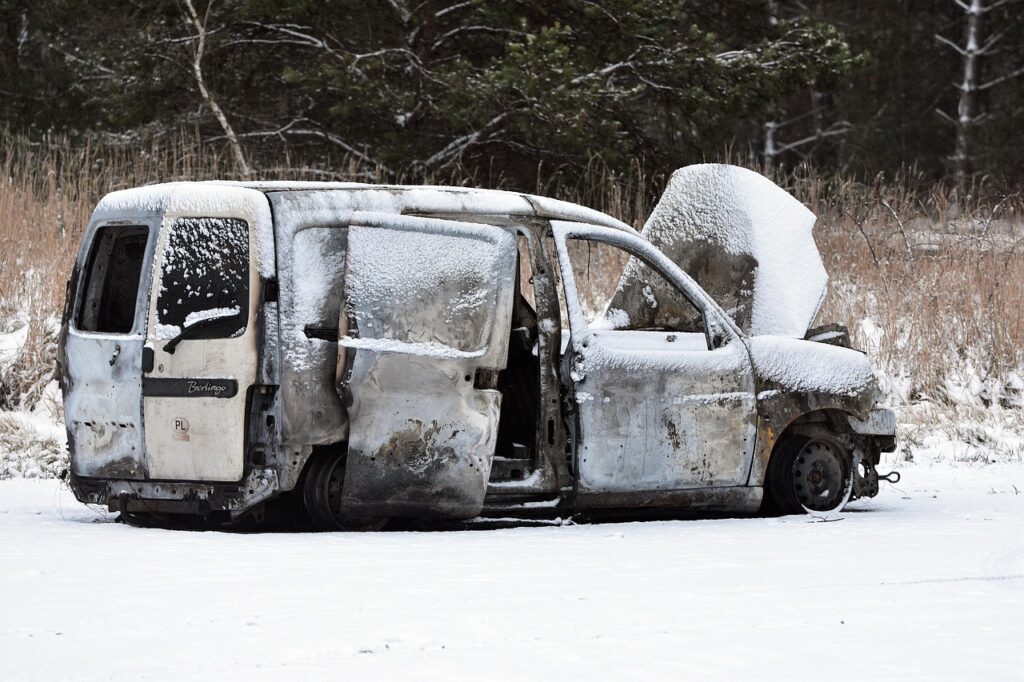
11. **Follow the Claims Process and Speak with the Adjuster**After notifying your insurance provider, the claims process officially begins, typically involving the assignment of a claims adjuster. This individual plays a pivotal role in assessing the damage, gathering further information, and ultimately determining the financial payout from the insurance company. Their objective is to review all evidence, including police reports, witness statements, and your documentation, to establish the circumstances and liabilities of the accident, particularly in at-fault states like California.
When communicating with the claims adjuster, it is important to be clear and honest in describing what happened. However, remember the earlier advice to avoid speculating about fault or making definitive statements about your physical condition. If you are unsure about any detail or question, it is perfectly acceptable and advisable to state that you do not know rather than guessing. Maintaining a detailed record of all your communications with the adjuster, including dates, times, and summaries of conversations, will prove invaluable for your records.
The claims process typically involves several key stages. Initially, the insurance company will likely schedule an inspection of your vehicle to assess the damage and determine the estimated repair costs. If fault needs to be definitively determined, especially in cases where liability is disputed, the adjuster will meticulously review all available evidence to make a decision that aligns with state laws and policy terms. This assessment directly influences whose insurance will be responsible for covering the damages.
Once fault is established and repairs are covered under your policy, the insurer will authorize a repair shop to commence work on your vehicle. It is important to understand your deductible, which is the amount you will pay out-of-pocket before your insurance coverage kicks in; this payment is typically made to the auto repair shop once repairs are complete. While most insurers allow you to choose your own repair shop, they may also recommend preferred providers. If you opt for your own shop, ensure your insurer confirms they will cover the full cost of repairs to avoid unexpected expenses.
Read more about: Protect Your Rights: The 12 Biggest Blunders to Steer Clear Of When Speaking to Police Post-Accident
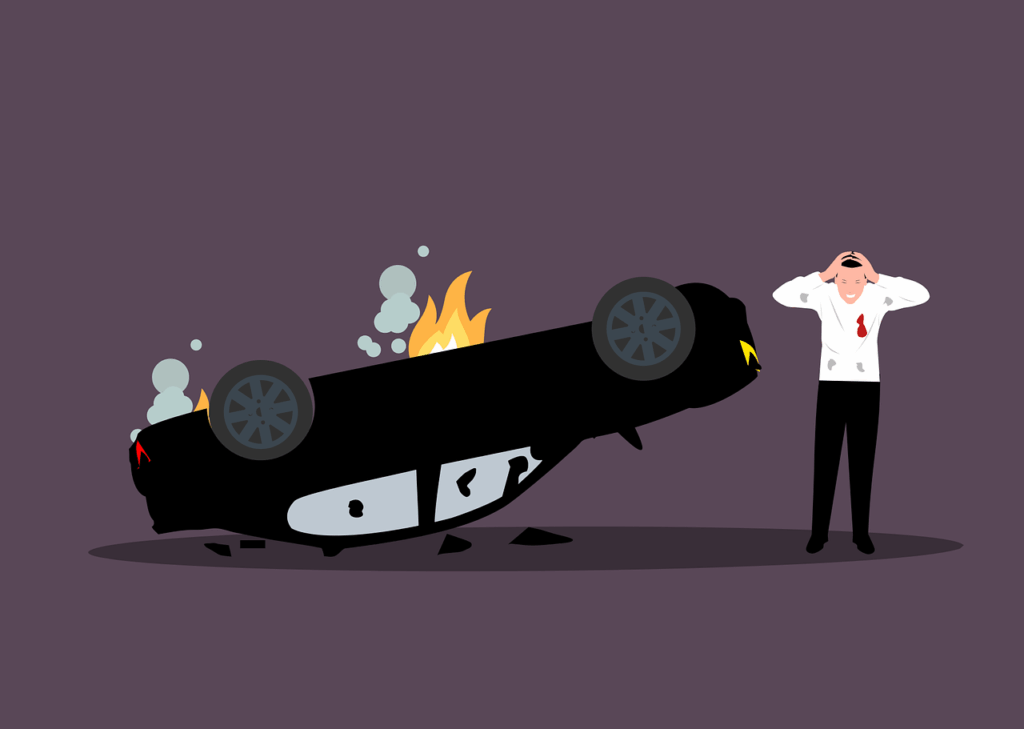
12. **Get Your Vehicle Repaired and Understand Policy Implications**Once your claim is approved and the necessary assessments are complete, the next practical step is to arrange for your vehicle’s repairs. Before any work begins, always request a detailed written estimate from the chosen repair shop. This ensures transparency regarding costs and scope of work. After the repairs are finalized, make sure to save the receipt and, if possible, take photos of the finished work for your records. If your car was undrivable due to the accident, don’t forget to inquire with your insurance company about coverage for towing services or a rental car, as these benefits are often included in comprehensive policies.
Simultaneously, this period presents a critical opportunity to review your insurance policy thoroughly. Many individuals remain unaware of the precise details of their coverage until an accident forces them to examine it. Now is the time to understand exactly what your policy entails. Look for specific provisions such as rental car coverage, which can be a lifesaver when your vehicle is in the shop, as well as medical payments coverage, roadside assistance, and protection in situations where the other driver is uninsured or underinsured.
If any aspect of your policy is unclear or you find yourself with questions, do not hesitate to reach out to your insurance agent. They are there to provide simple, straightforward explanations of complex terms and ensure you fully comprehend your coverage. A clear understanding of your policy helps manage expectations regarding financial responsibilities and available support, transforming abstract policy documents into actionable knowledge.
Understanding who ultimately pays for car repairs depends on a combination of fault determination (in at-fault states like California) and your specific insurance coverage. If the other driver is found at fault and possesses insurance, their policy should cover your repairs. Conversely, if you are determined to be at fault, your collision coverage will pay for the repairs, after you meet your deductible, assuming the vehicle is not a total loss. In cases where the at-fault driver is uninsured, your uninsured motorist coverage may step in to cover your car repairs. Furthermore, if both sides share fault, the insurance companies will refer to state law to apportion responsibility and determine appropriate compensation for each party involved.
Read more about: Navigating a Total Loss: Your Comprehensive Consumer Guide to Car Accidents and Insurance Settlements
13. **Keep Watch for Delayed Injuries and Update Your Claim**Even if you felt perfectly fine immediately following a car accident, it is imperative to remain vigilant for delayed injuries in the days and weeks that follow. The body’s natural adrenaline response to trauma can effectively mask pain and other symptoms, leading to a false sense of well-being. Common “soft-tissue injuries” such as whiplash, muscle strains, or sprains often do not manifest until hours or even days after the initial shock has worn off, underscoring the importance of careful post-accident monitoring.
Should you begin to experience any pain, discomfort, numbness, nausea, dizziness, or any other unusual physical symptoms in the days following the accident, do not hesitate to consult a doctor immediately. Timely medical evaluation is crucial not only for your health but also for the integrity of your insurance claim. Promptly notify your insurance company about these delayed symptoms and any subsequent medical diagnoses to update your claim, ensuring that all new information is officially recorded.
Documenting any injuries, regardless of when they appear, is vital for ensuring you receive appropriate medical care and fair compensation. Early medical attention and clear documentation establish a direct link between the accident and your injuries, preventing the other party’s insurance company from arguing that your medical issues are unrelated to the crash. Following through with all recommended medical evaluations, treatments, and therapies is equally important, as it demonstrates the necessity of your care.
In addition to monitoring your physical well-being, it’s a good practice to recheck your vehicle after a day or two for any damage you might have initially overlooked. Minor dents, scratches, or even internal mechanical issues might not be immediately apparent at the scene. If you discover any new damage, take new pictures and promptly update your claim with your insurance company. Speaking up early about any new findings, whether physical or vehicular, is always better than waiting too long, which could complicate your claim.
Read more about: 13 Simple Ways to Extend Your Car’s Transmission Life by 50,000 Miles
14. **Consider Retaining a Personal Injury Lawyer**Following a car accident, particularly if you’ve sustained injuries or there are disputes regarding fault or damages, considering the retention of an experienced personal injury lawyer can be a crucial step. A lawyer can help protect your rights, thoroughly evaluate all the evidence—including the police report and medical records—and work to determine whether you have a legitimate right to compensation for your losses. This is especially important in California, which is an at-fault state.
An experienced attorney can provide invaluable assistance throughout the complex post-accident process. They can help you navigate finding a doctor who will accept a medical lien if you are unable to afford upfront treatment costs. Furthermore, a lawyer can skillfully draft an insurance demand letter designed to maximize your chances of receiving a settlement offer that adequately covers all your incurred damages. This involves a deep understanding of legal precedents and effective negotiation strategies.
It is imperative to be aware of the statute of limitations for filing a lawsuit after a car accident. In California, if you have been injured in a crash, you typically have only two years from the date of the accident to bring a personal injury lawsuit. For cases involving only property damage, the statute of limitations is three years after the accident. Missing these deadlines can permanently bar you from seeking compensation, making timely legal consultation essential.
Your personal injury attorney will fight for compensatory damages, which are intended to make up for all your losses. These are generally classified into “economic” and “non-economic” damages. Economic damages are quantifiable with verifiable proof, such as existing and future medical bills, disability accommodations, lost income and employment opportunities, and property damage for vehicle repair or replacement. Non-economic damages, on the other hand, cover subjective losses that are harder to calculate, including pain and suffering, mental anguish, loss of enjoyment of life, and inconvenience.
Crucially, it is important to note that in California, you may not recover non-economic damages if you do not satisfy the state’s financial responsibility requirements—such as by not carrying the mandated auto insurance—or if you are convicted of drunk or drugged driving (DUI). An experienced lawyer knows the insurance companies’ tactics and the insurance code, saving you the headache of dealing with adjusters and maximizing your odds of a larger settlement. As one Los Angeles accident attorney advises, “Insurers will try to make you go away with a low-ball offer. Hiring an experienced personal injury lawyer maximizes your odds of a large settlement.”
Read more about: Navigating Car Insurance Rates: Understanding State-Specific Costs and Proven Strategies to Lower Your Premiums
Navigating the aftermath of a car accident requires a methodical and informed approach, extending far beyond the immediate scene. By systematically addressing official reporting requirements, engaging effectively with your insurance company, securing necessary repairs, understanding your policy, diligently monitoring for delayed health impacts, and seeking legal counsel when appropriate, you empower yourself to protect your well-being and financial future. Staying organized, proactive, and knowledgeable throughout this challenging period is your best defense against potential complications, ensuring that you can confidently move towards resolution and recovery.

